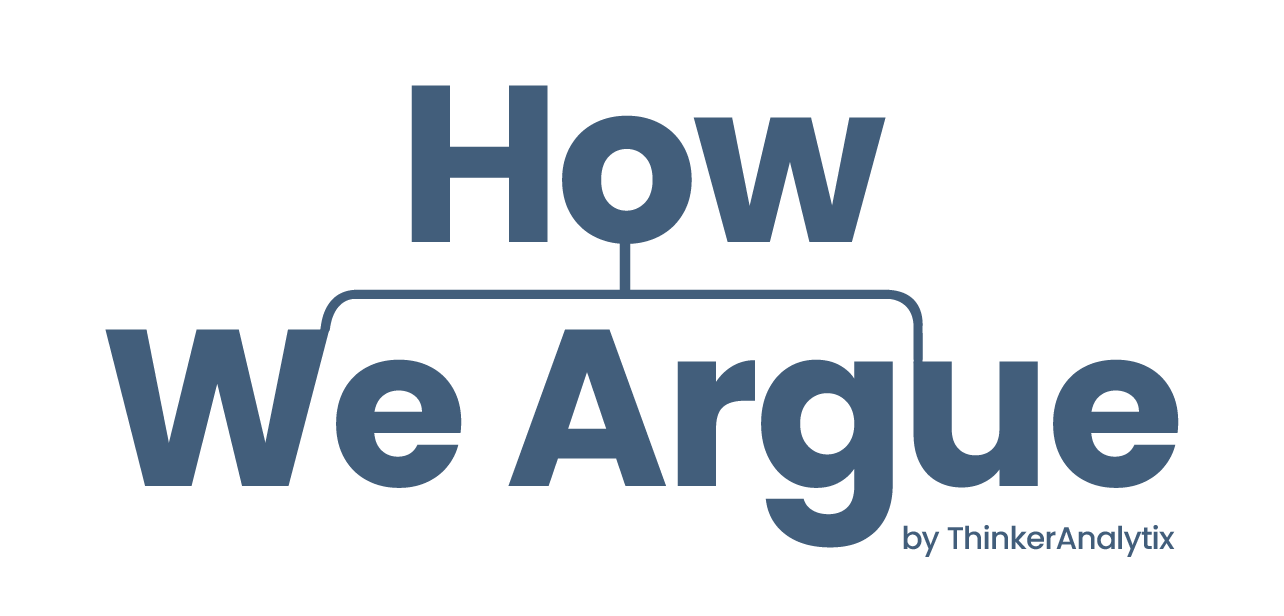Part 1: Reflect and Write
Reflect on times that discussions in your classroom have gone wrong, or been less productive than you had hoped. Then look over this sheet, which summarizes common issues that teachers have encountered while leading class discussions. Where possible, match up your experience with the “pain points” identified on the sheet, and read how argument mapping can help teachers overcome those issues.
Using the prompts provided below, consider what kinds of issues you encounter during classroom discussions, give examples of content you want students to get out of classroom discussion, and imagine how argument mapping might help support those discussions. When you’re done, drop your response in the course chat function:
- Which pain points from the reading do you identify with? You might focus on students’ difficulties with the subject matter, or with the social dynamics of the class.
- In your mind, what would an ideal class discussion around your argument map look like?
Part 2: Read and Plan
Read over this sheet, which outlines two different approaches to leading classroom discussions with argument maps.
Choose a topic that you ask students to discuss or debate in your classroom, for which there are multiple lines of argument or points of view. Create a small argument map that gives three or four high-level reasons to believe a claim that students might glean from your class readings or other materials. Then add some objections to your argument map to represent an opposing point of view.
You can use this mini-map as the beginning point of a class discussion, for example by asking students to add evidence to support the high-level premises. You can also ask students to research pro and con arguments on a topical issue, and then use their own maps to frame a class discussion.
If you have questions or would like feedback on your lesson plan, send your course facilitators a message in that chat and we will be happy to help!

